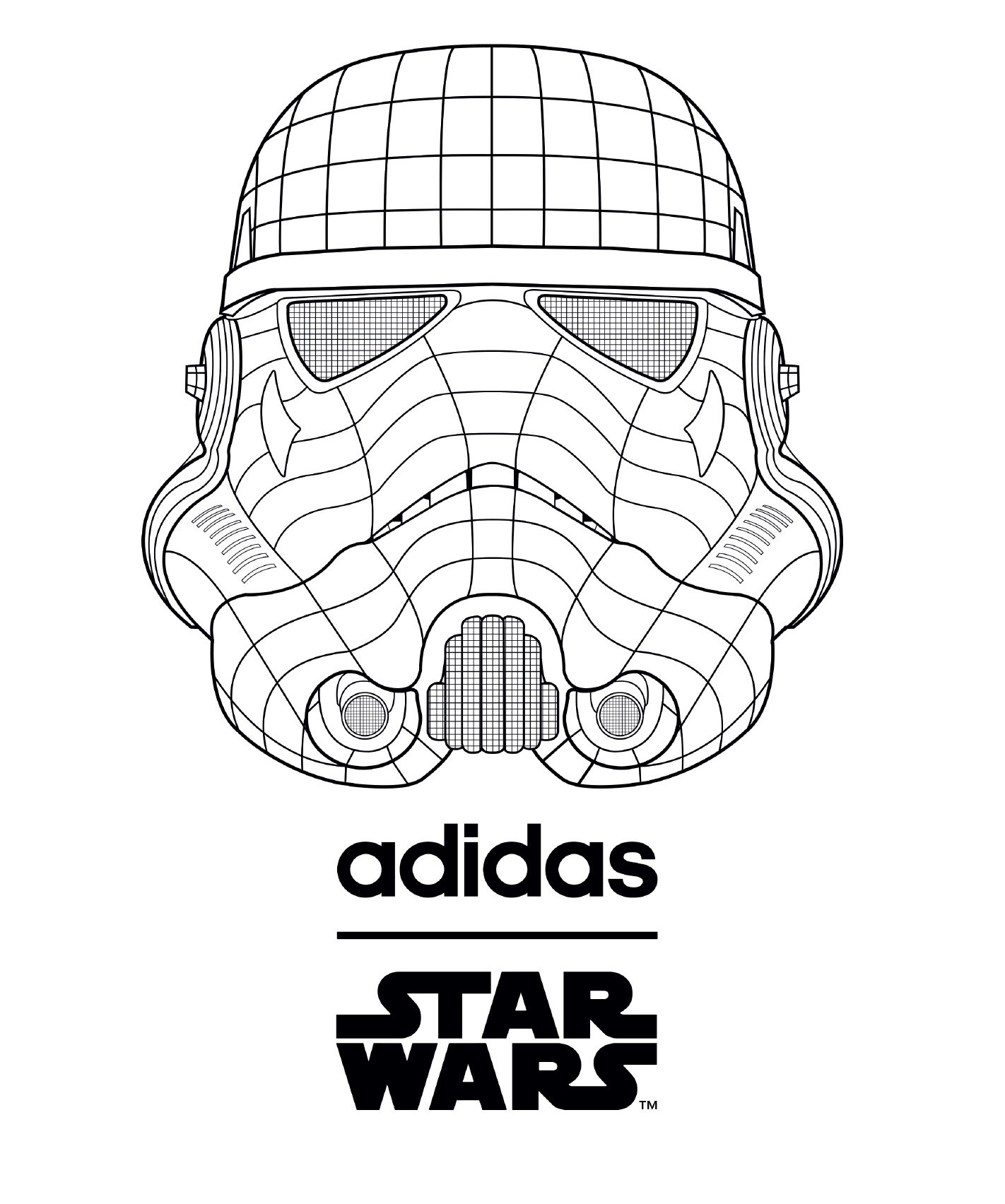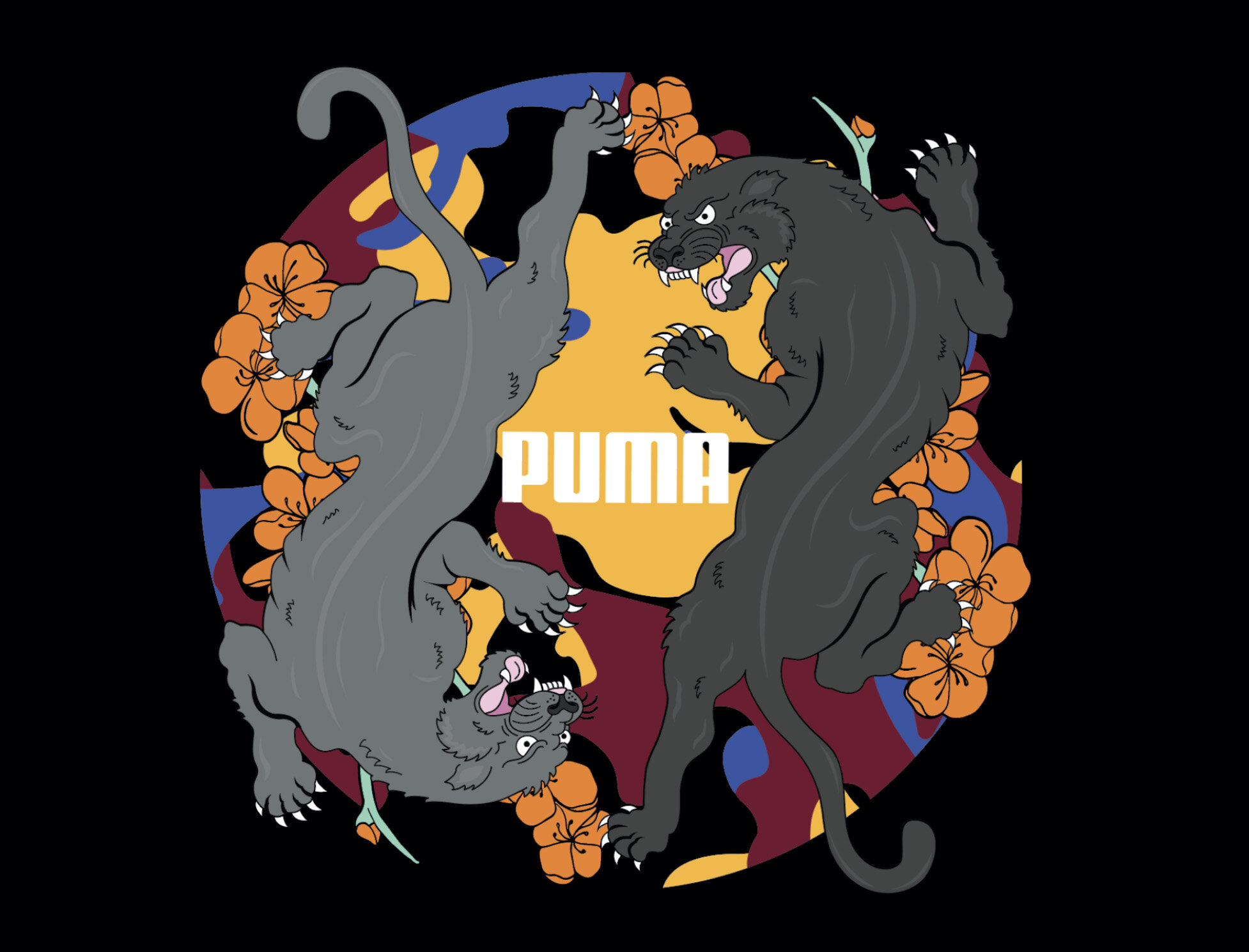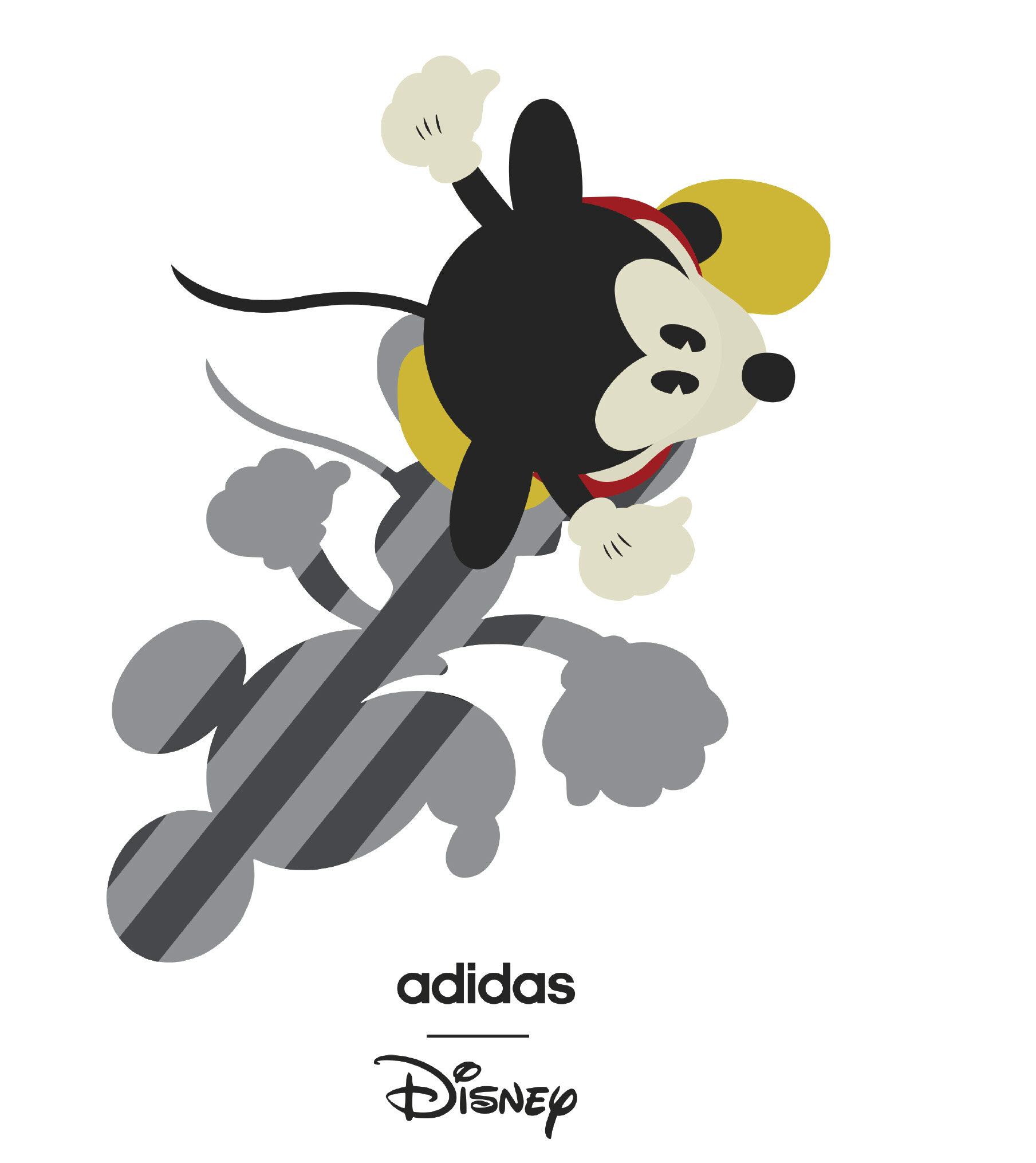
DUCO.
Designing For a Sustainable Future.
Jack Maden-Wilkinson, founder of DUCO, has been a graphics and apparel designer in the Fashion Industry for almost 10 years. With an impressive portfolio designing for leading Sportswear brands - Adidas and Puma, Jack finally decided to go it alone and start his own environmentally conscious company - DUCO. We had a chance to speak with Jack to find out what lead him to this point, and his experience transitioning from the corporate world of Fashion to navigating his new entrepreneurial chapter.
Jack, how are you and your company faring during this crazy time?
It has definitely been crazy , especially since my company only recently started in December 2019. I was a little naive going into it because I had been the graphic lead for Puma and Adidas, so I assumed I would have a line of people wanting to work with me. But the reality is a little different.
This is probably the most humbling experience I could have because a lot of the time when you are working at these corporations, everyone knows who you are and knows you for the work you do. However, when you step back, it’s like starting your whole career again. It’s scary but super refreshing. You get this different level of hunger, knowing that you almost have to prove yourself all over again.
I’m based in Sweden, however my main business is international and includes countries from mainland Europe, America and Scandinavia. I wanted to grow my client base in Sweden but because of coronavirus it has been difficult to go into offices and meet clients. What I am focussing on for now is connecting with potential clients online.
“I started seeing my graphic designs getting used more and more within the collections and that’s when I realized maybe this was something I should keep pursuing.”
After graduating from UCA (University for the Creative Arts), you began your career in the industry as an apparel designer, what made you switch to graphic design?
Like many students, I left University with a really creative energy. My first job was for the UK outdoor brand Blacks. Working there was my first exposure to real commercial fashion and the limitations that brings.
We used outsourced graphic designers but when I showed them the look we were going for, I started to play with some ideas myself. I practiced my graphic design skills every chance I had in my spare time. I was really intrigued by color, print and pattern. I started seeing my graphic designs getting used more often within the collections. That’s when I realized this was something I should keep pursuing.
I was approached by the retailer Next and offered a 1 year maternity cover position. It was a split role of designing apparel and graphics. From there I then went to work for the retailer George at Asda. My role was solely graphic design, leading the boys-wear graphics team. It was a revelation for me. I realized at that moment, this is what I was supposed to do.
For my interview at George I changed my portfolio to only display examples of graphic designs. I used examples of my work from Next but I also spent time working into new graphics to make a credible portfolio. It was a pretty ballsy move on my part but it paid off!
Jack’s design for Puma X Tetris
For the last 5 years you have worked in Germany and Sweden, was working overseas always the plan?
No it was never the plan! It was always a dream scenario for me to work with the likes of Adidas, Puma and Nike but I hadn’t thought about it further till I was approached by them.
Working outside the UK really changed my perspective on so many things. I started to consider what was important and what life was about. No one knew me, they didn’t care what car I drove or how much money I had - It was refreshing. It helped me see a different side of life where I wasn’t just working for money, I was working to do things I enjoyed, like being out in nature.
I grew up in Blackpool so I was only 45 minutes from the Lake District which is an incredible place. But when I moved to Germany we would go to alpine villages, massive canyons and rolling mountains - it's just so different and it becomes an addiction. Which is good and bad because then it’s difficult to settle again and you keep wondering where’s next.
“Instead of the profits going to shareholders to help them buy a Ferrari, I could use a percentage of it to really give back to environmental projects.”
As we mentioned, you were a Graphic Designer for some of the biggest names in Sportswear, what were your biggest takeaways from working at these brands, and how has that helped you when building your own company?
I think the biggest takeaway is when you work at these types of companies, you’re exposed to a completely different way of thinking and a much deeper perspective. You're also working with a huge group of people of all different nationalities. There will always be different viewpoints and perspectives, but the clash of cultures really provides a different level of creativity through teamwork and collaboration.
An important thing I learnt from Adidas was this idea of play. They had this area called the ‘makers lab’ which was a warehouse completely set up with sewing machines, 3D printers, spray paint booths - literally every type of creative outlet. It was somewhere you could completely experiment.
That was the refreshing thing about Adidas, they were open for people to try out design in areas they didn’t specialize in. The idea was that sometimes by creating these happy accidents you could create something really amazing.
Puma is around ⅕ of the size of Adidas so the teams were a lot smaller. I learnt that my ideas as well as my graphic design skills was one of my super strengths - whether it was sustainability or equality in terms of race, sexuality or gender. I didn't have to go through as many hoops to get my voice heard so I was able to pitch it to the CEO and then it would actually happen.
Both brands gave me a different type of confidence to do my own thing. When you have a work catalogue of successful brands it gives you confidence. But to know you came up with concepts that were successful, gives you a reassurance to trust your instinct and trust your ideas.
“A lot of people look at me like I am completely crazy for leaving a really great job at an established company with a great title.”
After being in the industry for almost 10 years, what led you to going it alone and starting your company DUCO?
Jack’s Graphic Design for Adidas X Star Wars
Working for those companies made me realize I could do much more if I stepped outside of them. My contributions to these companies were environmentally negative. I wanted to use my experience and knowledge to create a company where I could still create products while influencing companies to do it in a better way.
Instead of the profits going to shareholders to help them buy a Ferrari, I could use a percentage of it to really give back to environmental projects. It’s not always about the profit and the money, I’m doing it to make a difference and be proud of what I’m doing.
At Puma I would do 14 hour days and it was really full on, so for me it was also this idea of where is the balance. When you work for a large corporate company, the pay check is good but its not incredible. You make these companies a lot of money but that’s not reflected in your salary.
A lot of people look at me like I am completely crazy for leaving a really great job at an established company with a great title. But when you look at it for what it is, its just a title, it doesn’t mean anything. If you want your work to have a much bigger impact whether it’s creatively or doing something for good -socially or environmentally, you can do that by taking the lead yourself.
How much of a risk was it for you and were you nervous when you made that decision?
It was a massive risk, I remember when I handed in my notice, a lot of people were super surprised because they thought I'd been doing amazing things at the company. They were telling me it was a mistake and not what I should do.
These are the people that have a very traditional mindset of - you get a job, you work there for a long period of time and then you retire. But for me it was never really about that. I always wanted my work to have a much broader impact. I realize that I would struggle to go back into this type of employment where I would sacrifice so much of my ideas and health for something that I wasn’t fully aligned to.
When I decided I was going to do my own thing I really cut back on extravagant spending. Which I didn’t need to do but I wanted to ensure that the company and what I am trying to achieve has a much better chance. I also saved a little of my income every year. In the worst case scenario if I didn’t make any money, I could then live for two or three years without having to worry. (But luckily now I am making money.)
For those out there that are thinking of starting their own Fashion company, can you tell us what you consider to be the pros and cons?
Jack’s Graphic Design for Puma X Tetris
One of the main things I would really consider before starting a company is what you actually want to achieve by creating it. You really need to think about what it stands for, the direction you want it to go in and spend time building that so it resonates with people.
The only downside of starting your own company is you are constantly working. Your life completely changes but you adapt. The whole process of your thinking revolves around your business and how you can grow and expand it. With that naturally comes a lot of highs and lows. You have to get used to hearing a lot of no’s and you also have to understand that some people don’t have your same vision. But you have to believe in what you stand for and stick by it. It’s a huge learning curve.
I was talking to someone the other day and they were saying “your company will always be considered a startup for the first 3 or 4 years”. You have to be prepared this could take a lot of time and a lot of hard work to really get it to take off. But you just have to try and trust in the process. Some days it’s very easy to believe when you’re on cloud 9 thinking this is the most incredible thing I’ve ever done and some days you question whether it's the right thing. But I think that's part of the natural learning process.
We would love to know more about your company, DUCO. What does the name stand for and what services do you offer?
Duco is latin and it means 3 different words: Think, Draw, Lead. The idea of the company was to create a purpose driven design company which used creativity and collaboration to help environmental projects. In regards to the services Duco offers, it varies for a lot of different clients. For some it might be coming up with a creative direction for the brand to go in, new product ideas, finished graphics, logo work and packaging. It's basically a full graphic design studio for established brands.
“15% of our profits go directly into tree planting via an organization called Trees for Life.”
Sustainability is a word that appears a lot on your website, why is this so important to you and how does it play a significant role in your company?
I wanted to use my talents to create something that could not only work with other brands and give them an opportunity to collaborate, but to also give something back and improve their processes.
Jack’s graphic design for Pantone
15% of our profits go directly into tree planting via an organization called Trees for Life. This is something I will look to grow as the company grows. The plan for the year is to plant 500 trees. The trees are planted in Scotland because they have the smallest forest coverage in Europe. That was a huge reason for choosing this organization because they have an enormous project at the moment to kickstart re-wilding in England and Scotland.
We also carbon offset all travel, our electricity and water comes from renewable sources and every little detail including the coffee we drink is all organic.
The art I have that is on sale now, is an extension of the DUCO studio and that’s all made in England. The packaging is recycled and every part of the process is considered local and recyclable.
In your opinion, what does the Fashion Industry need to do to change its ways for the better and reduce its negative impact on the planet?
The main thing is to shift its perspective away from the old model, driven from constant growth and profit and instead focus on quality over quantity. Everyone apart from the share holder loses in one sense. The factory worker loses, the environment loses and the designers lose in terms of this huge stress factor put upon them.
These brands have huge followings and can influence change. This could have a positive effect in terms of the environment and social issues.
What is your long term goal for DUCO?
The long term goal would be to build a successful design studio that has a an abundance of positive influence. Both with younger emerging designers, artists and different environmental projects.
I really feel designers are the key along with scientists in solving a lot of the worlds problems. I hope to continue working with a variety of brands and start to see the positive influence I can have on a larger scale. Then eventually retire in a nice log cabin in a forest somewhere!
Thank you Jack!
To check out Jack's company website and for any enquiries please click on the link below:
By Emma Golley
Check ‘em out.
If you’re interested in finding out more about DUCO and Jack’s amazing work, head over to the website!













